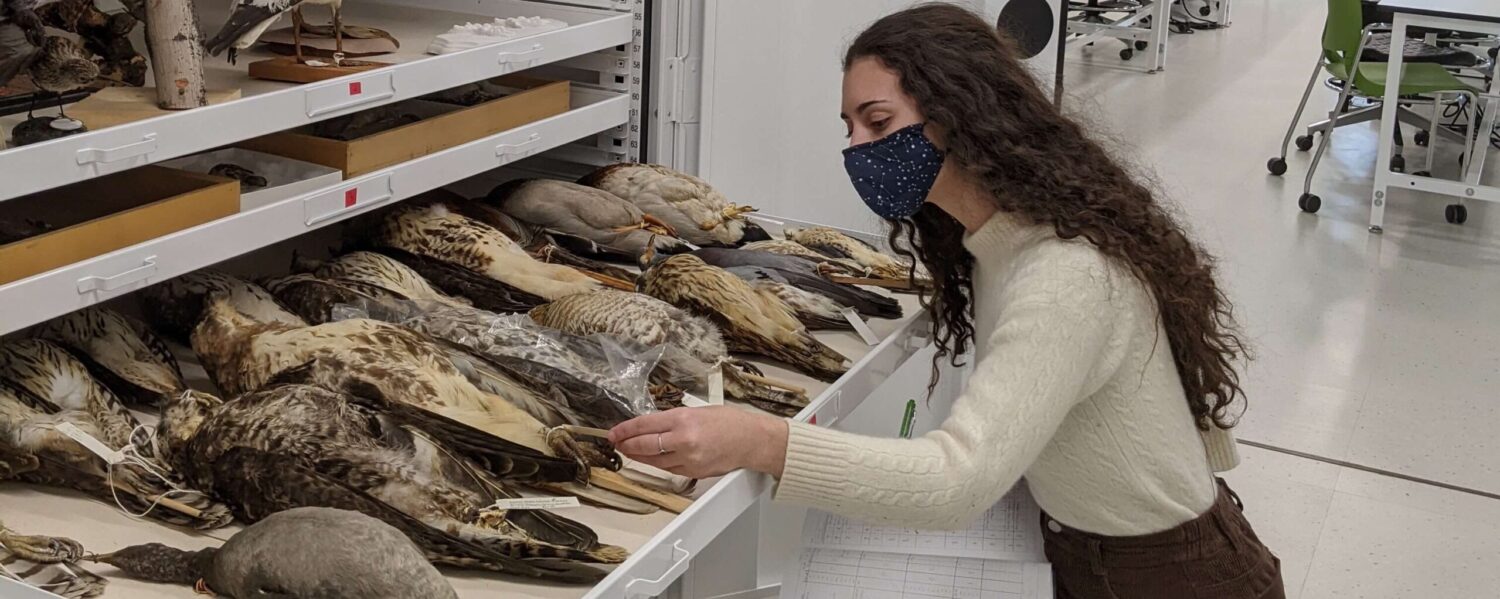The White House Office of Science and Technology Policy (OSTP) has released five reports that outline research and development (R&D) goals for the U.S. bioeconomy. Each of the reports was authored individually by the National Science Foundation (NSF) and the Departments of Agriculture, Energy, Commerce, and Health and Human Services.
The reports are in response to the Executive Order on “Advancing Biotechnology and Biomanufacturing Innovation for a Sustainable, Safe, and Secure American Bioeconomy,” which President Biden signed last September, to accelerate biotechnology R&D, strengthen biosecurity, bolster workforce development activities, and grow the U.S. bioeconomy across multiple sectors.
The five reports focus on five different areas to advance biotechnology and biomanufacturing R&D: furthering climate change solutions; spurring food and agricultural innovations; strengthening supply chain resilience; advancing human health; and furthering cross-cutting advances.
The NSF-led report, focused on cross-cutting advances, lays out six R&D themes: leveraging biodiversity across the tree of life; enhancing prediction and design of biological systems; expanding the capability to build and measure systems; advancing the ability to scale-up novel biotechnologies; accelerating innovation in biomanufacturing approaches; and co-generating and translating biotechnology.
“NSF has supported discoveries in biotechnology for decades resulting in discoveries like PCR which powered the COVID-19 tests to CRISPR gene editing, new polymers and advances in tissue engineering,” said NSF Director Sethuraman Panchanathan. “To create the bioeconomy of the future, we need to further strengthen this innovation at speed and scale along multiple dimensions.”
Notably, among the R&D needs NSF identified for the biodiversity theme were sustaining and enhancing biological collections “to ensure they remain a resource for diverse downstream applications,” and aligning with the open data initiative “by encouraging biological data (and biological parts) to be Findable, Accessible, Interoperable, and Reusable (FAIR).” Another R&D need identified was creating ‘innovation laboratories’ to leverage our understanding of biodiversity towards bioinspired design of new materials, devices, and products.
NSC Alliance had submitted comments to the White House earlier this year in response to a request for input that informed these reports. “The nation’s biorepositories and biodiversity databases are examples of critical components of the national bioeconomy that need substantially more support,” urged NSC Alliance. “The bioeconomy will function more effectively through gathering and archiving better spatial and temporal sampling and data on biodiversity. These data, both physical and digital, must be networked, archived, and made readily available to diverse sectors of the bioeconomy.”

